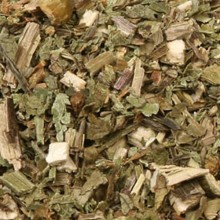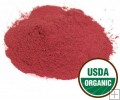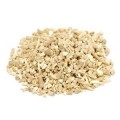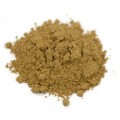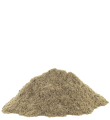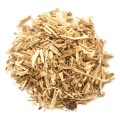 Loading... Please wait...
Loading... Please wait...- Home
- About Us
- Shipping, Returns & FAQ's
- Contact Us
-
For Your Information
- Canadian Customers Have a Choice if Shipping Via UPS
- Aura Cacia Homemade Aromatherapy Recipes
- Bella Nella Altered Art & Paper Crafts Blog
- Forms of Herbal Preparations
- Laundry Tips To Conserve Energy Blog from The Laundress
- The Story of Frontier Natural Products Co-Op
- Sovereign Silver Hydrosol and Aloe Protocol Stops Downward Spiral of Gut Dysbiosis
- Disclaimers
- Recommended Links
- RSS/Recent News
- The Story of Typhoon Housewares
- Reviews/Testimonials
- Raw Ingredients for Mfg
Figwort Root Powder Bulk
Product Description
Common figwort is a succulent that occurs naturally in damp regions throughout eastern North America.
In accordance with the principles of the Doctrine of Signatures, 16th century physicians used the plant for throat issues because of the shape of the plant's flowers. Today, the herb is primarily used in the preparation of skin salves and ointments.
Figwort is sometimes applied directly to the skin for skin conditions such as eczema, itching, psoriasis, hemorrhoids, swelling, and rash.
Some people use figwort as a substitute for devil's claw, because the two herbs contain similar chemicals.
Figwort might contain substances that decrease swelling (inflammation).
The genus name of figwort is another story, and a testament to its former relevance in Medieval Europe. It is adapted from the word scrofula, which refers to a type of tuberculosis that affects the lymph nodes in the neck, a skin affliction known at the time as "the king’s evil." There were three methods of salvation from the disease: a touch on the head or shoulder from the ruling monarch of England or France, the possession of a minted coin-like amulet called an angel, or the application of an ointment prepared from figwort.
Active compounds: Flavonoids, Pphenolic acids, Cardiactive Glycosides, Aucubin, Acetylharpagide, Harpagoside
Storage: Store in a container with an airtight lid in a cool, dark place.
Uses: Infuse in oil, tincture or decoct for use in liniments, salves and balms. May also be applied moist as a poultice.
Not particularly palatable as tea, but may be tinctured or encapsulated as a dietary supplement.
Safety: Do not use during pregnancy or if you have ventricular tachycardia (fast heart rate).
Botanical Name: Scrophularia nodosa
aka: Carpenter's Square, Common Figwort, Escrofularia, Grande Scrofulaire, Heal-all, Herbe aux Écrouelles, Herbe au Siège, Rosenoble, Scrofulaire, Scrofulaire des Bois, Scrofulaire Noueuse, Scrophula Plant, Scrophularia, Scrophularia marilandica, Scrophularia nodosa, Scrophularia Radix, Throatwort, Xuan Shen.
Origin: China
Notes: Certified kosher. Non-irradiated. Non-GMO.
Specifications are subject to change without notice.
* FDA disclaimer
You Recently Viewed...
Currency Converter
Choose a currency below to display product prices in the selected currency.







